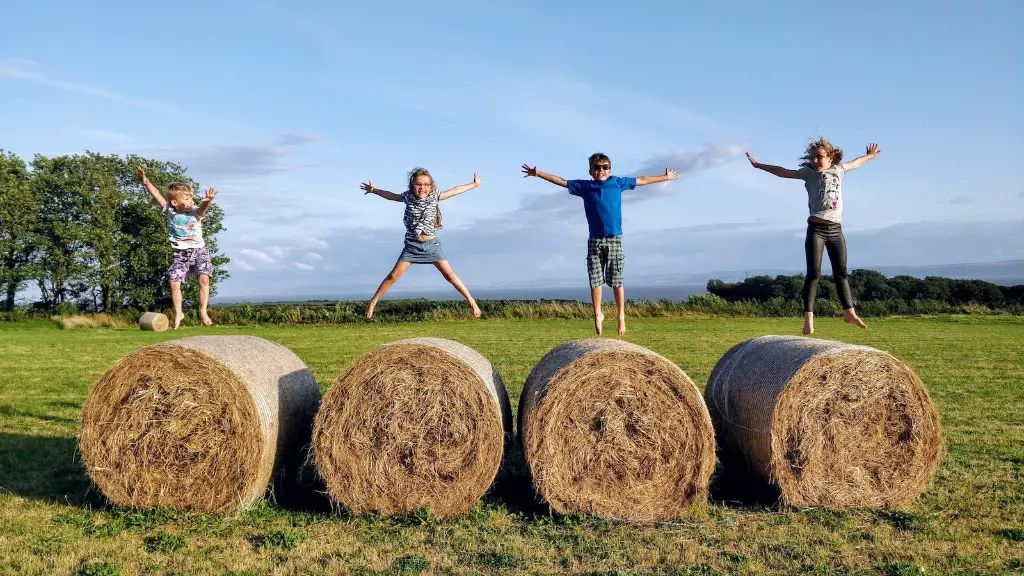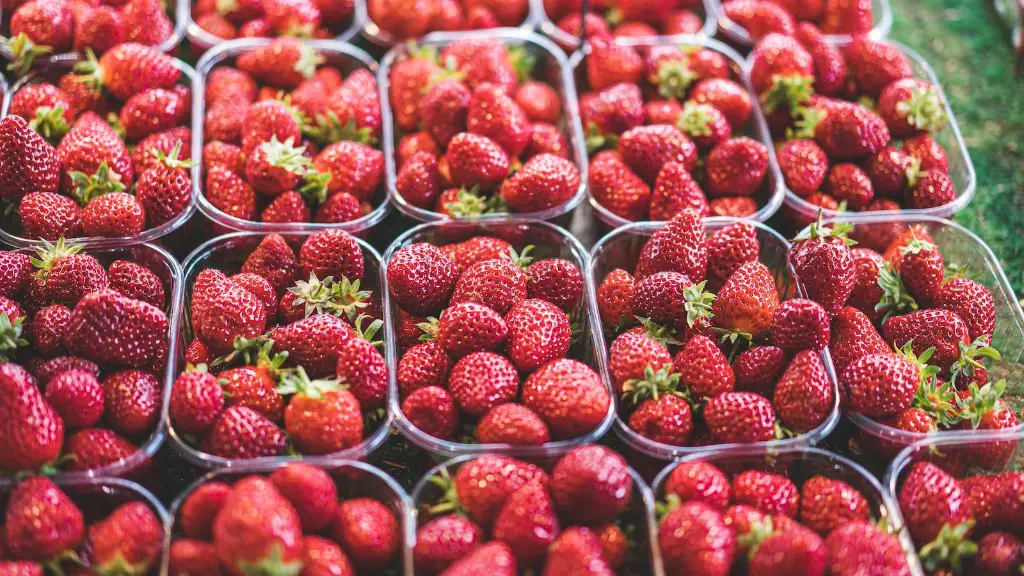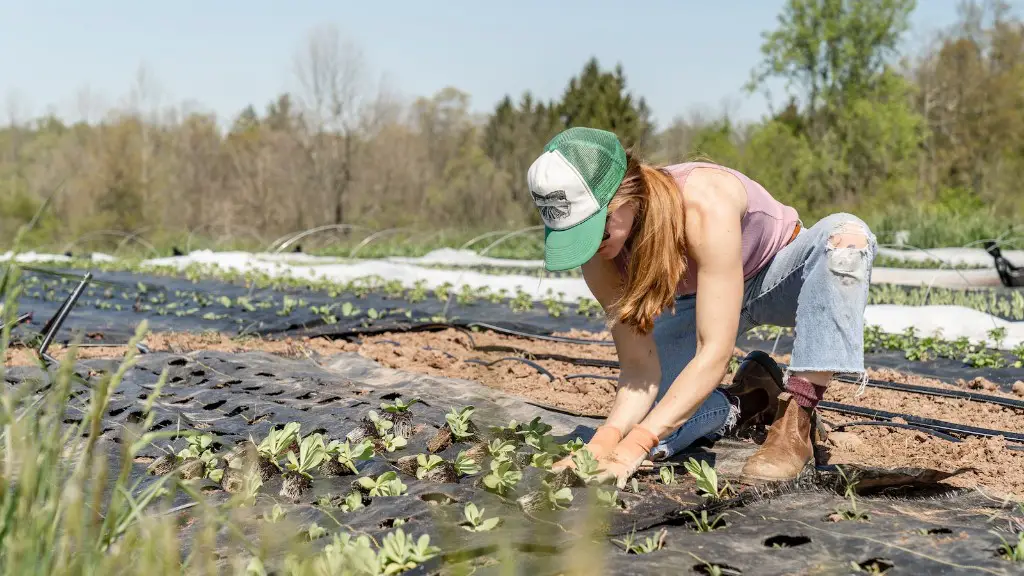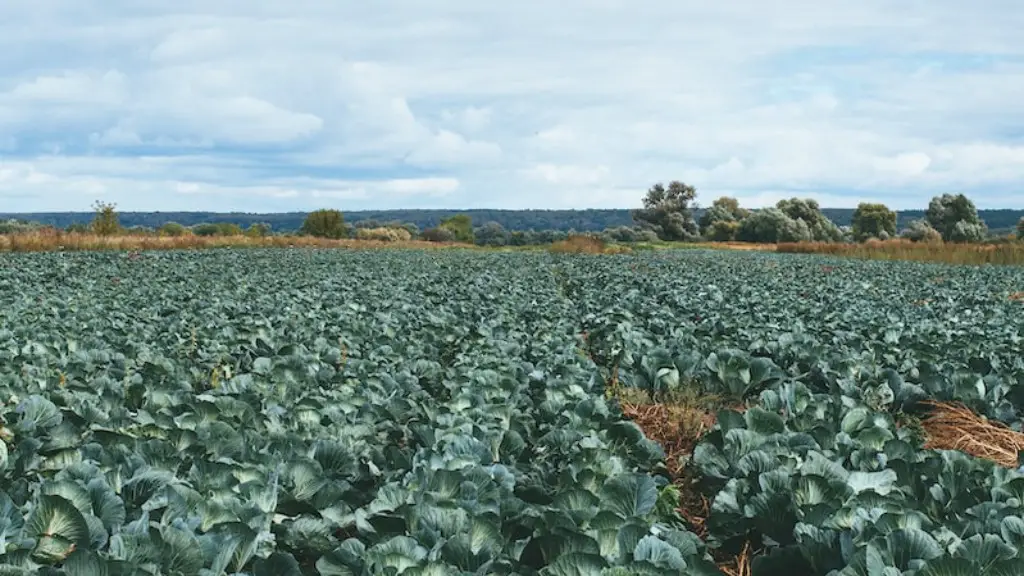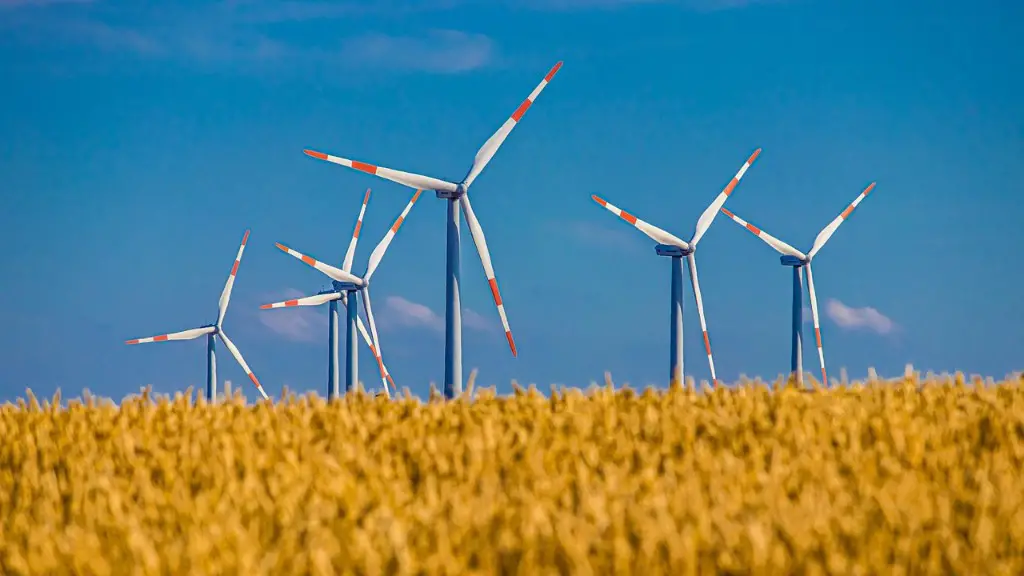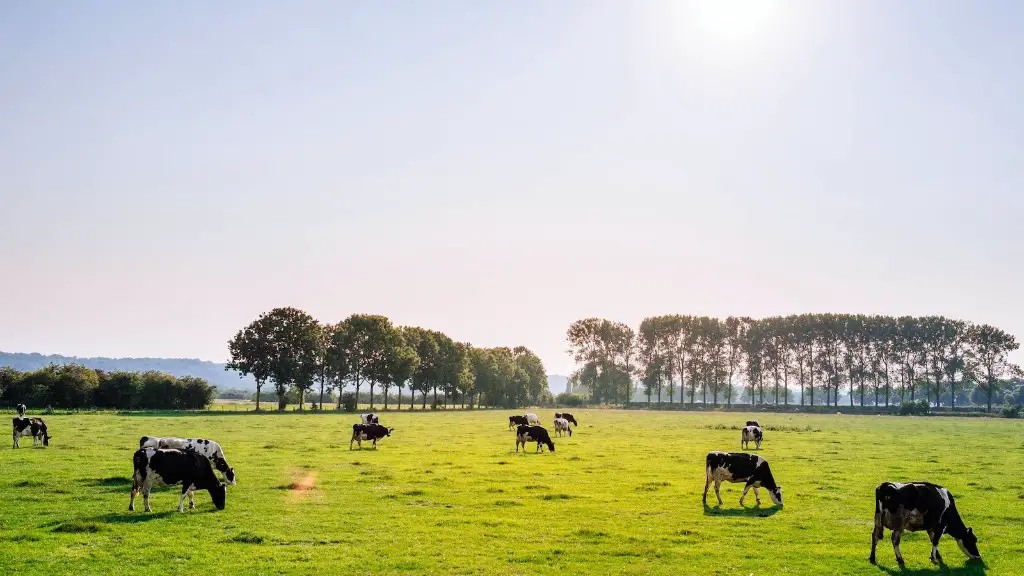Greenland is the world’s largest island, located in the Arctic Ocean between Canada and Iceland. Over 80% of the island is covered in ice. The ice sheet is up to 3km thick in places. The island’s terrain is mostly mountainous with very little land suitable for agriculture. The climate is cold and harsh with long, dark winters and short, cool summers. There is very little precipitation and the soil is largely frozen. Due to these conditions, agriculture is not possible in Greenland.
There are a few reasons why agriculture is not possible in Greenland. The climate is too cold for most crops to grow and the soil is frozen most of the year. There is also very little sunlight, which plants need to grow.
Is farming possible in Greenland?
Modern agricultural farming in Greenland has a history of around 100 years. Sheep farming and grass production for fodder has been the focus of production but in recent years crops, such as potatoes and turnips, have been grown commercially and cattle introduced as a niche meat-producing livestock. Agricultural production is still relatively small scale, with family farms being the norm. However, there is a growing trend towards larger farms and agribusinesses, as well as increased mechanization and industrialization of production.
Fishery and hunting have always been vital to the survival of the people in Greenland. The short summers and harsh climate make it difficult to grow crops, so the people have relied on the sea for their food. In recent years, however, the population has been growing and the demand for seafood has increased. This has put a strain on the resources and the people are now looking to farming to supplement their diet. Sheep farming is the most popular form of agriculture in Greenland, as it is the only type of farming that can be done in the harsh conditions.
Which part of Greenland is suitable for farming
Most of the farms in Greenland are located in the Southern part of the country where the climate is milder and the conditions for growth are better than in other areas. This allows for a more diverse and bountiful agricultural output than would be possible in other parts of Greenland.
Greenland’s glacial mud is rich in minerals that are beneficial to plant growth and can turn barren earth into fertile soil. This glacial mud is plentiful and easily harvested, making it a great resource for farmers and gardeners looking to improve their crops.
Why is agriculture possible on only one percent of Greenland?
Agriculture is possible on only a small percentage of the land area because most of the land is covered with a thick layer of ice throughout the year. This makes it difficult for crops to grow and limits the amount of land that can be used for farming.
China is one of the world’s leading producers of agriculture products, with a particular focus on fruit, vegetables, cereals, cotton, eggs, and poultry. The country has only 10% of the world’s arable land but produces a quarter of the global grain output. China’s agriculture sector has been a major driver of economic growth and poverty reduction, and the country is committed to further developing its agricultural sector in order to meet the needs of its growing population.
Why is it difficult to live in Greenland?
Greenland is a difficult place to live for many reasons. The weather is harsh and can lead to depression, there are few job opportunities, and the cost of living is high. The two official languages, Greenlandic and Danish, are also difficult to learn.
The World Bank’s report on land usage is interesting in that it highlights some countries that one would not expect to have a small percentage of land used for agriculture. Suriname, Greenland, and Singapore are all quite urbanized countries, yet a relatively small amount of their land is used for agriculture. The Bahamas and the Seychelles are both island nations, so it makes sense that they would have less land available for agriculture. Norway is a surprise, however, as it is a large and mostly rural country. It is possible that the mountainous terrain of Norway makes farmland less available.
Why is Greenland life expectancy so low
Chronic disease rates are indeed high in Greenland, and this unfortunately leads to many healthy life years being lost. Musculoskeletal diseases are a particularly big problem in this population, and they lead to decreased health expectancy overall. However, it is worth noting that the proportion of healthy life years actually increases after the age of 60, especially among men. This is likely due to the fact that they are less physically active and therefore have less wear and tear on their bodies.
Greenland is a large island that is mostly covered in ice. This makes it difficult for plants to grow and thrive. However, there are some pockets of land where plants can grow. These areas are usually near the coast or in mountains.
Can you grow vegetables in Greenland?
It’s great to see that Greenland is becoming more hospitable to growing vegetables. The trend is definitely growing, and it’s great to see that the products are in high demand. I’m sure that with continued effort, Greenland will be able to provide even more vegetables for its people!
Greenland may be thought of as a barren, icy wasteland, but it actually supports a small population of trees. These trees were planted by people in the 1890s, and include birch, alder, rowan (mountain-ash), and willow. While the climate is not conducive to tree growth, these hardy plants have managed to take root and thrive.
Do any plants grow in Greenland
The 5 species of trees that grow in Greenland are the Greenland mountain ash, mountain alder, downy birch, grayleaf willow, and common juniper. They are only found in scattered plots in the far south and are very hardy plants.
Super soils are the most fertile soils on Earth. They are black soils or chernozems and are found in areas in North America, Central Europe, Eastern Europe and Russia. It took several millennia and a specific climate and steppe vegetation for them to form.
Who has the most fertile land in the world?
Arable land is a vital natural resource for any country. It is responsible for the production of food and plays a key role in the economy. India has the most arable land in the world, followed by the United States, Russia, China and Brazil. India and the United States together account for approximately 22% of the world’s arable land. Arable land is facing many challenges, such as soil degradation and water scarcity. These challenges need to be addressed in order to ensure the sustainable use of this valuable natural resource.
This is because Singapore is an urban city-state with a very high population density. There is simply no room for farms in Singapore! The country relies on importing food from other countries to meet the needs of its citizens.
Warp Up
Agriculture is not possible in Greenland because the climate is too cold and the soil is too thin.
Agriculture is not possible in Greenland because the climate is too cold for crops to grow. The average temperature in Greenland is -18°C, and the shortest growing season is only 50 days long. There is also very little rainfall, so even if crops could grow, they would likely not get enough water to survive.
